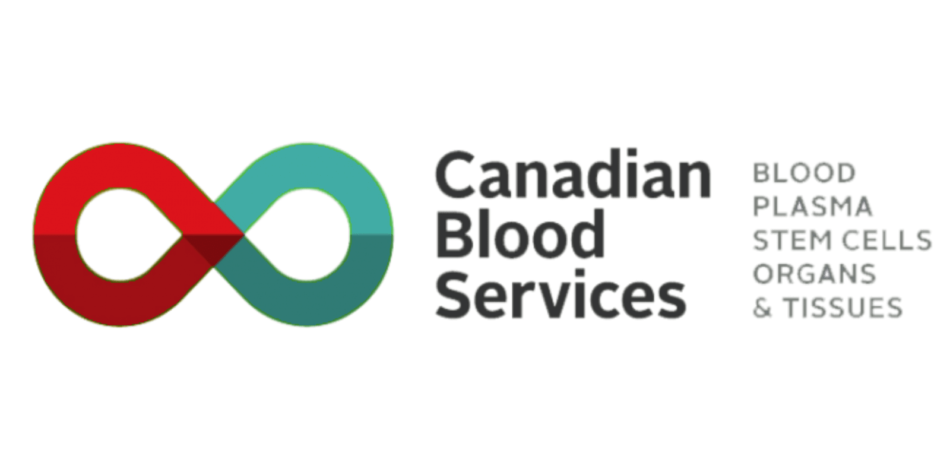There are many ways you could save a life. One way you can surely do so is to sign up to become a stem cell donor.
As you are reading this article, there are some 18,000 people around the world waiting for stem cells from a matching donor, including 800 Canadians. These include six-year-old Ottawa girl Hillary McKibbin, who is currently fighting a rare blood disorder called aplastic anemia, and whose parents have mounted a well-publicized campaign to find a match for a life-saving bone marrow transplant.
Unfortunately, there are far fewer stem cell donors than there are people who need them. This is because unlike regular blood donorship, there has been far less public awareness around the need for stem cell donation. It could be you reading this who is able to save Hillary’s life, or the lives of any of the 800 Canadians in need of stem cells.
What are stem cells anyway?
Hematopoietic stem cells (HSCs) are immature cells that have the capacity to grow into any of the important cells found in the bloodstream. These include red blood cells, which carry oxygen; white blood cells, which fight infections, and platelets, which keep bleeding under control. These cells are produced by bone marrow, circulating (peripheral) blood, and umbilical cord blood.
Certain cancers and other immune disorders inhibit the body’s ability to create these vitally important cells. In such situations, a transplant of healthy HSCs from a donor is required. These transplants need to be an EXACT match, which means that recipients cannot necessarily rely on family members, whose cells are often only a partial match.
What is involved?
Canadian Blood Services (CBS) has extensive information on the process. In short, there are two methods: peripheral blood stem cell (PBSC) donation, a non-surgical procedure that takes cells from the bloodstream, and bone marrow stem cell donation, a surgical procedure in which stem cells are drawn from the pelvic bone with a special hollow needle.
Both procedures are short (four to six hours for a PBSC donation and between 45 and 90 minutes for a bone marrow donation), entirely safe, and with little in the way of side effects other than some mild soreness, fatigue, and in the case of PBSC donation occasional flu-like symptoms. Nevertheless, it is a long-term commitment, as it may be months or even years before you are contacted to donate.
Am I eligible?
You are eligible to become a stem cell donor if you are:
- Between the age of 17 and 35
- In good general health
- Free from health issues such as HIV/AIDS, hepatitis B and C, cancer, blood diseases, insulin-dependent diabetes, and certain heart conditions
- Under the maximum weight for your height category (see the CBS donor requirements)
To find out more about how to join the stem cell registry, visit this page and fill in the CBS stem cell donor questionnaire.
The specter of the COVID-19 pandemic has been such that many other public health issues have tended to get forgotten about. This is one such issue. If you are 17 or older and looking for a way to help others, please consider this.

